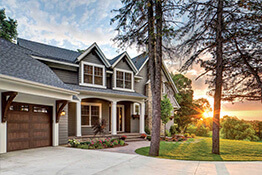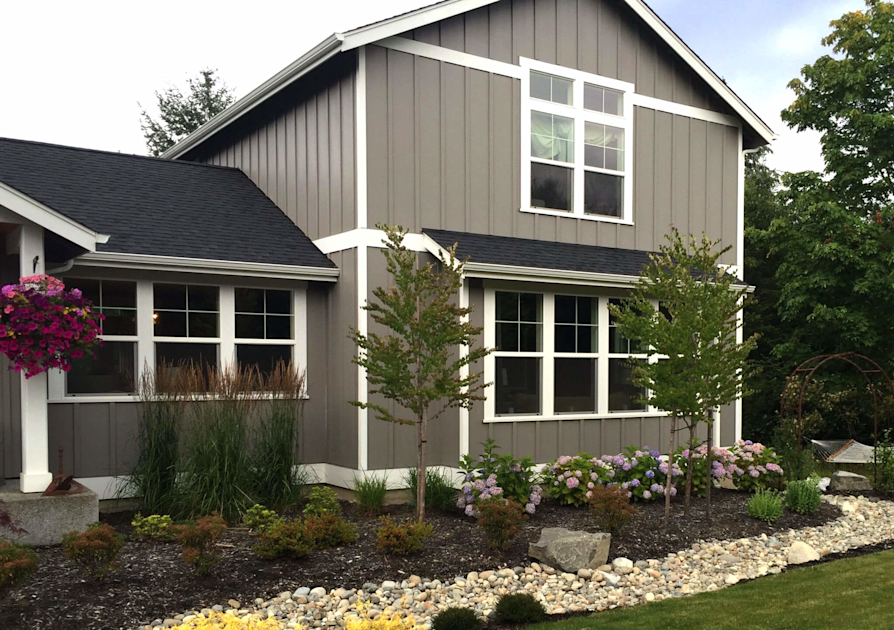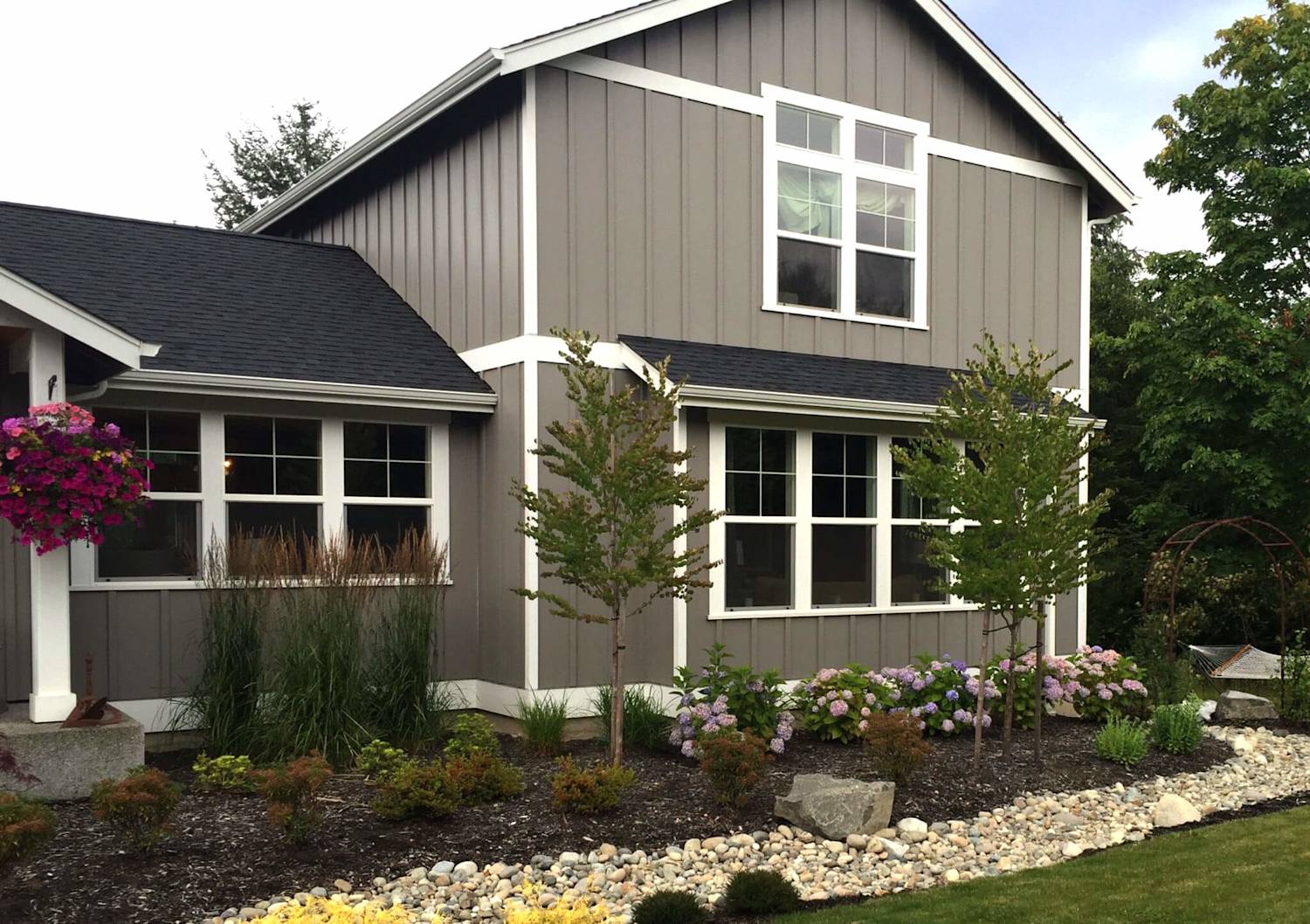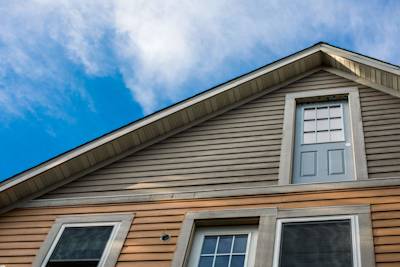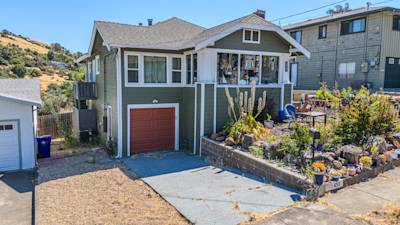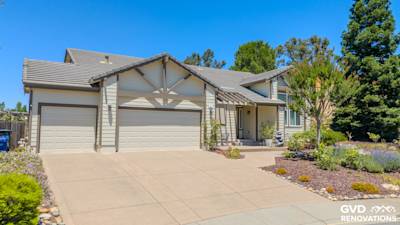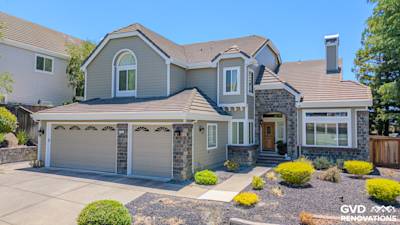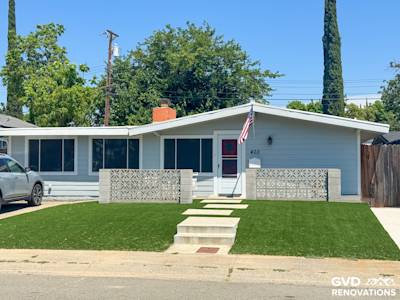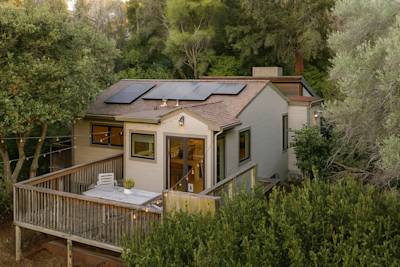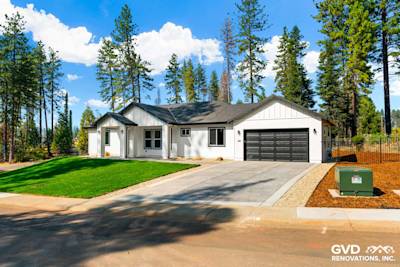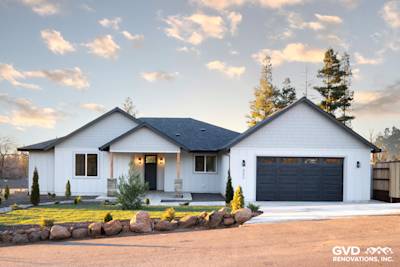Are you looking to put new siding on your home or cabin up at the lake? There are lots of options out there for siding from vinyl siding to stone or brick to stucco and lots of variety and options in between.
One of the more common types of siding used residentially is T1-11. It is common due to it's more natural wood grain look that people liked when it was popular.
At the height of T1-11's popularity in the 1960s, '70s and 80's it was installed on a lot of houses, and it is still in use on many of them.
Today engineered wood, vinyl, and composite siding are more popular, though T1-11 exterior siding is still available.
What has caused this once trendy siding to fall to the side while others have taken its place?
Is T1-11 still a viable option, or does it often fail to cause builders and homeowners alike shy away? Read on to find out why it is still a viable option.
What is T1-11 Siding
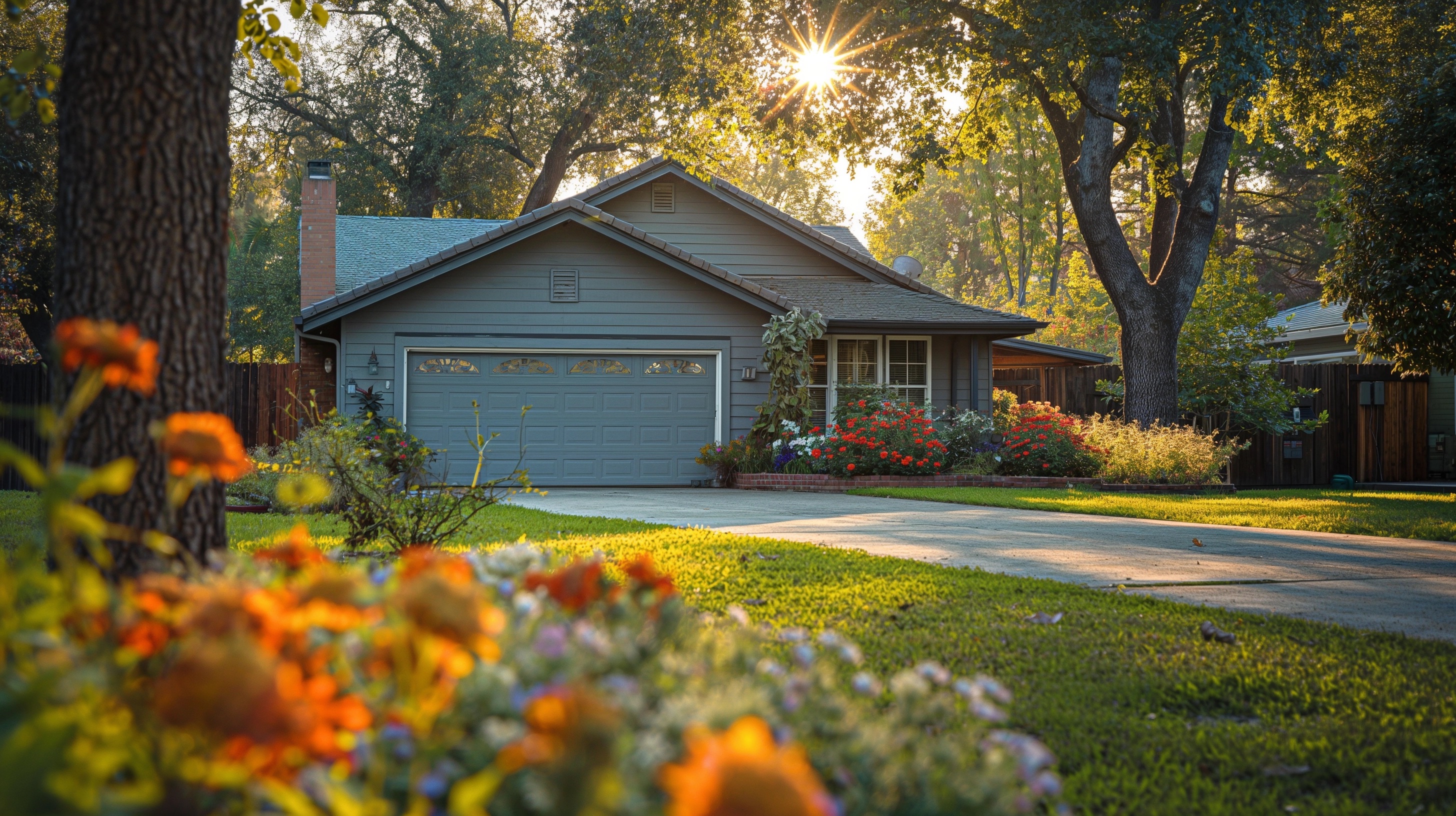
There are two types of T1-11 siding. Plywood and OSB (oriented strand board). The OSB is the cheaper of the two. The OSB is less expensive because it is wood flakes or strands glued and pressed together and a little lower quality than plywood.
Plywood is stronger and will hold up in the weather a little better with either type though you'd need to put an excellent all-weather stain or paint to protect it.
There are a few finishes, depending on the manufacturer, you will find T1-11 is available in to purchase.
You can get it is a smooth finish or a rough more rustic finish. If you are looking for a more natural appearance, then you definitely would want to go with the rough finish.
You can find T1-11 siding in sheets that are 48 inches x 96 inches or 48 inches x 120 inches. It comes in thicknesses of 3/8 of an inch, 5/8 of an inch and 3/4 of an inch.
What Causes T1-11 Siding to Fail
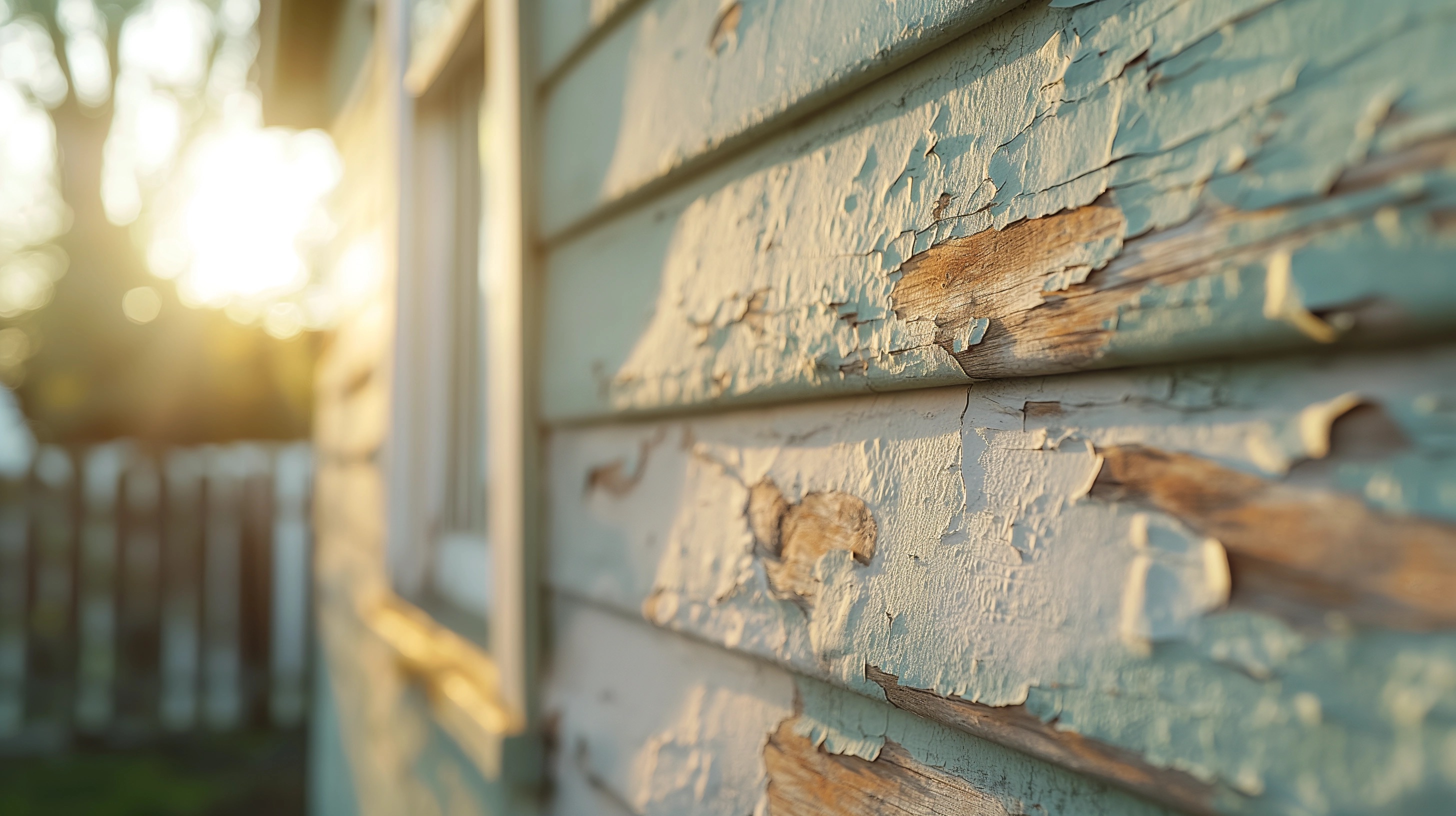
T1-11 siding is a functional siding with great aesthetics so what is the issue with this siding.
Water damage is the primary reason it fails. The plywood siding has less of an issue with water damage than the OSB has. To prevent water damage with any siding it requires proper installation, sealing, and maintenance.
OSB T1-11 siding has more issues with water because of how it is manufactured. It is made with wood strands and flakes and is treated with a resin to bind it together when pressure is applied in the process.
If the OSB T1-11 siding gets wet, it swells and expands, flaking, chipping and eventually will rot.
T1-11 will last and stay beautiful if adequately installed, painted or stained, sealed and maintained. It has gotten a bad rap due to improper installations when it is used where it is not recommended, such as roofs and decks.
How to Install T1-11
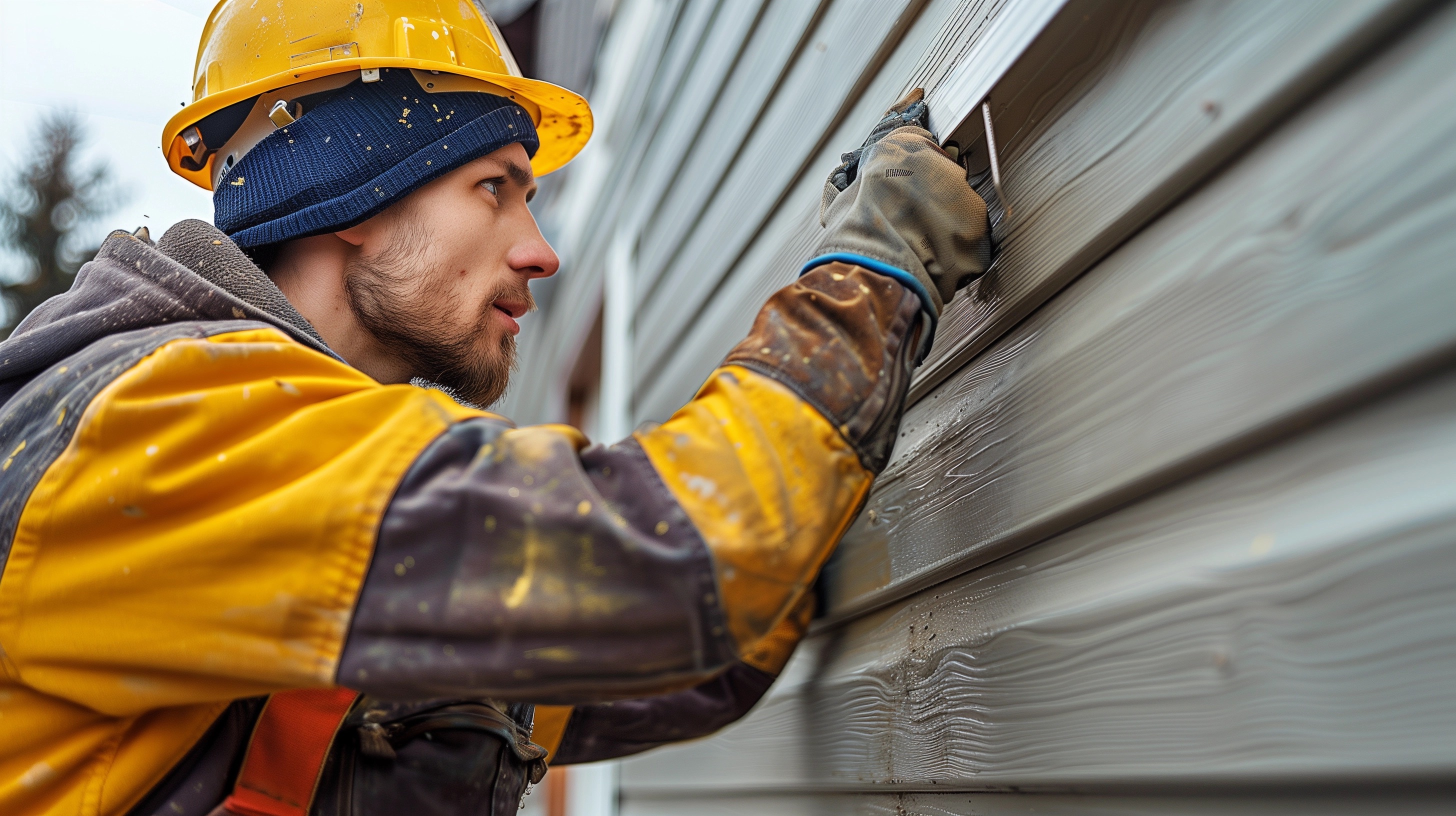
One thing you have to keep in mind when installing T1-11 is that it must not be anywhere; it will come in contact with the ground.
The edges of the siding are exceptionally absorbent, so avoiding contact with water or moisture is essential to a successful installation.
Each type of T1-11 siding has a 3/8 inch thick edge designed to be overlapped by the next panel installed. The edges should be placed over a stud and then nailed into position together.
It's recommended not to nail one panel then nail the next panel over the previous panel.
You want the panels to fit together well so take the time to measure carefully and recheck any cuts before you make them. You want to avoid pulling nails, even one or two because you will most likely damage the siding.
When cutting around window and door openings a circular saw is the tool of choice, making sure you leave a 1/2 inch gap for expansion.
You should put sheeting and house wrap under the T1-11 siding, just like with any other siding. In some areas, you don't have to use sheeting and house wrap to do the installation, but I would not recommend doing it that way.
Trimming the corners, windows, and doors with wood trim and install Z flashing to all of the upper joints to prevent water and moisture from leaking underneath the top edges of the panels.
A pre-installation tip is to paint or stain the edges of the siding panels before you install to seal them up and prevent moisture from seeping in from the sides.
It takes a little more time to do, but it is worth it because you will appreciate the longer life your siding will have.
Finally, you want to choose an excellent stain or paint. It should be the same paint or stain or paint you used to treat the edges. Any all weather stain or paint and primer combo that fits your budget will do the trick.
Maintaining T1-11 Siding The Right Way
There seems to be a perception that T1-11 will fail eventually, all the time but this is not true, and it does not have to be true.
It is made from wood, so it does require the pre-requisite wood product care and TLC. Using protective finishes go a long way to keep your siding in great shape.
You are applying a new coat of stain every three to five years as required without skimping on the finish.
So Should You Use T1-11 Siding
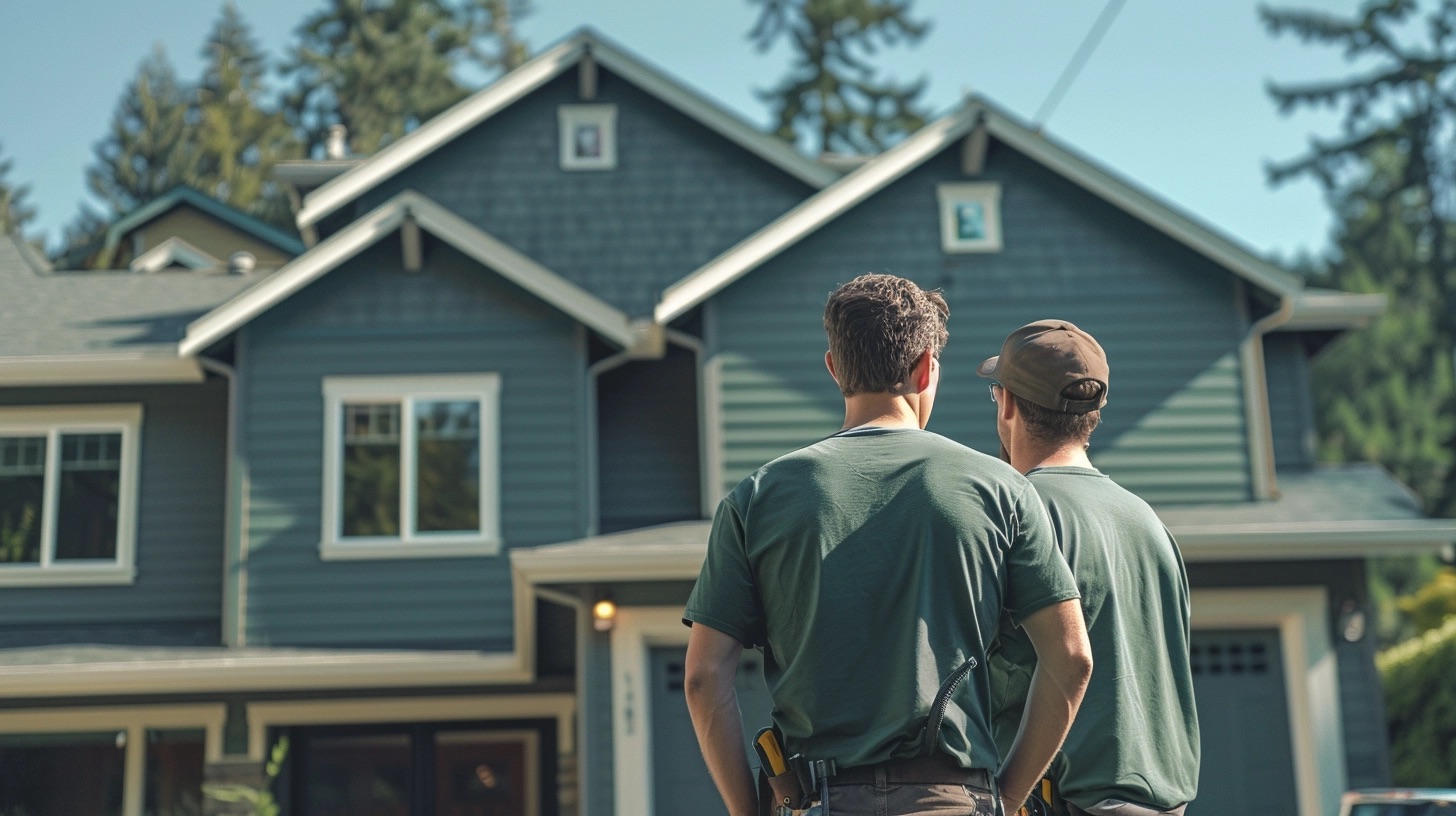
Even though T1-11 siding has gotten a bad reputation, it is a great product that is strong, durable and highly functional if appropriately maintained.
As mentioned previously sealing, staining, painting, and maintaining it will allow it to last the full term of its life span.
T1-11 Composite Siding
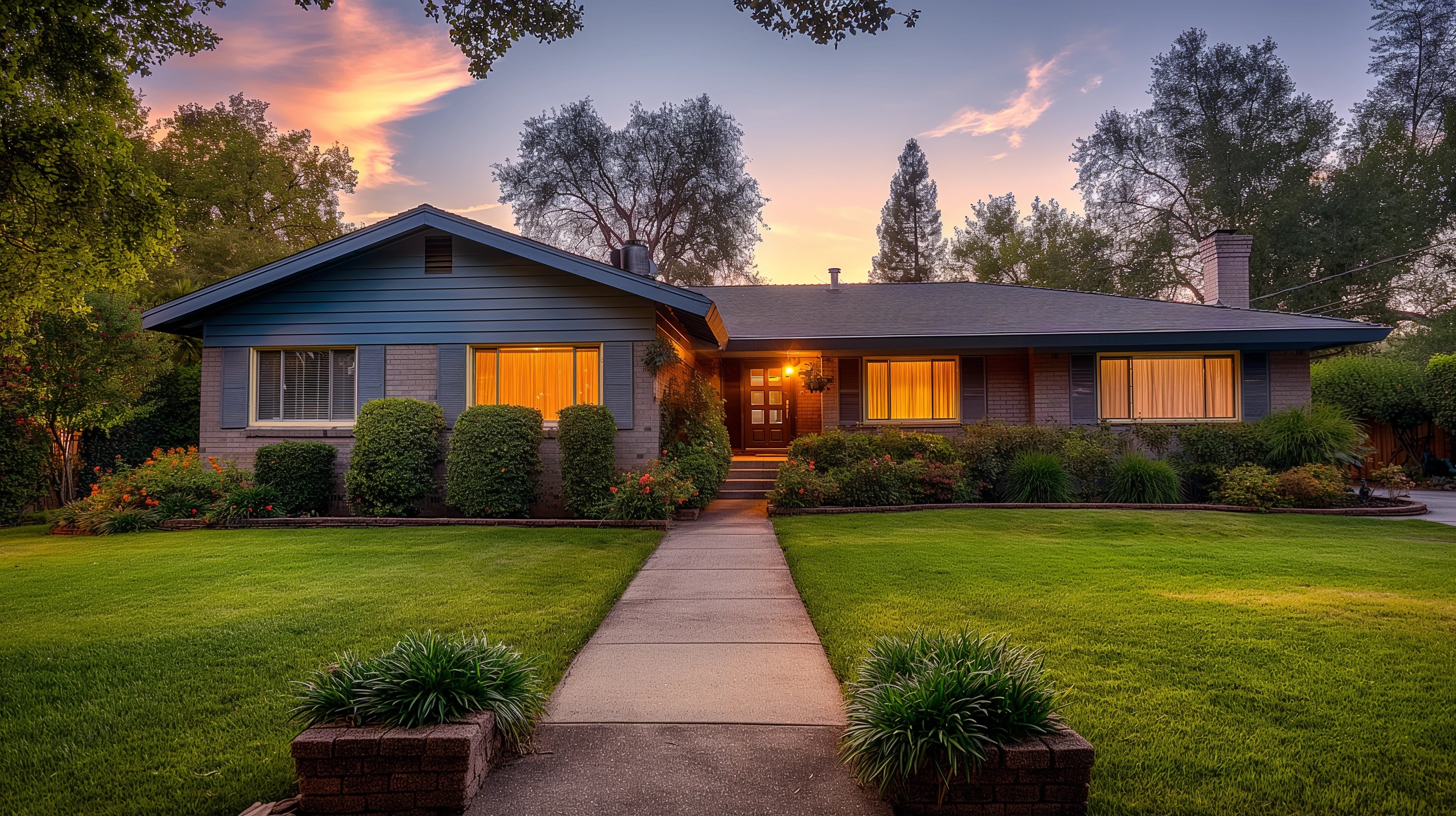
So we have reviewed T1-11 siding, why it fails and how you can install a how it should be maintained. Is it worth all the work when there is an alternative that is much more durable and requires less maintenance?
James Hardie Fiber Cement siding is a premium siding choice that will stay beautiful for years and not require as much maintenance.
If you are interested in a siding option that you will love contact a siding company near you to find out more.
This article is for general information only and not professional advice. Always consult a licensed contractor before making project decisions. Product details, specifications, or warranties may have changed since publication. Brand and product mentions reflect opinion, not endorsements or guarantees.
Tags: t1-11 siding, plywood siding, osb siding, t1-11 water damage,
